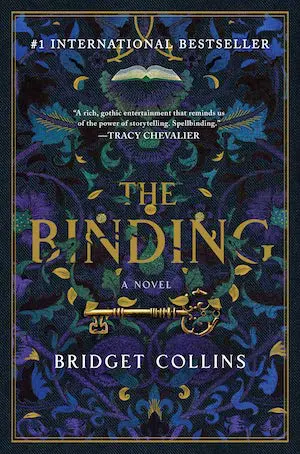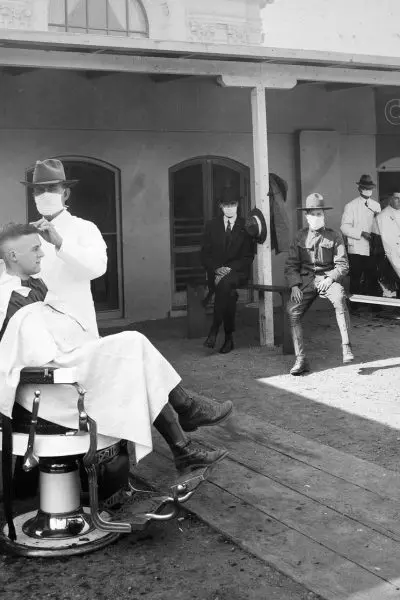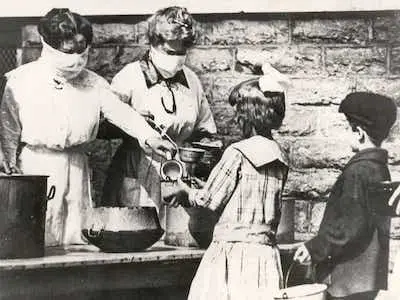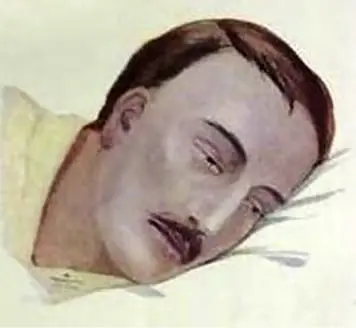I’m on a road trip across the Pacific Northwest. Escaping COVID isolation at home, spending time outside with my guy, and seeking wisdom in the wild. Working remotely has a whole new meaning. I write in the woods, among the trees and rocks, outside at cafes, in the tent. It’s a wonderful change of pace, and I’m grateful we’re able…
Read More
Favorite Books #amreading July 2020
Since I was hoping to be out on submission this month, I’ve had most of my revisions done and found myself with time to read for fun! Usually, I feel like I #amreading for research or craft—becoming a writer has definitely changed how I read—but this month it was pure pleasure, and I discovered several that will become favorite books….
Read More
Socially Distant Life During the 1918 Flu Pandemic
Now that our world is living through the COVID-19 pandemic and practicing social distancing, it’s been interesting to see the similarities and differences to life during the 1918 flu pandemic. I’d love to hear about your experiences with social distancing and life during the COVID-19 pandemic. Should we increase or decrease our vigilance as our first wave recedes? What do…
Read More
Vigilance Urged as Grip Wave Recedes
This headline from the New York Times could be talking about new cases of COVID-19 falling off, but it refers to the 1918 Spanish influenza. Then, too, New York was trying to find the fine line between optimism and pragmatism. “Health Commissioner Copeland was optimistic, but in discussing the figures he said that eternal vigilance was alone the price of…
Read More
Spanish Flu Symptoms
Symptoms of the Spanish flu, the name given to the 1918 flu pandemic, differed from seasonal flu symptoms in surprising ways. While the onset brought about familiar fever, body aches, and a sore throat, the illness progressed quickly to bleeding from the nose or ears and petechial hemorrhages, bleeding under the skin that looked like a spreading red rash. Victims…
Read More




